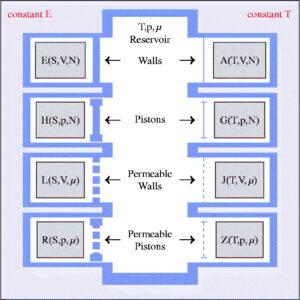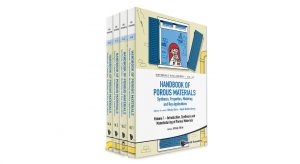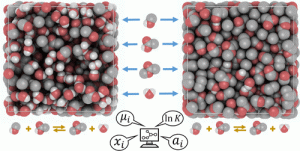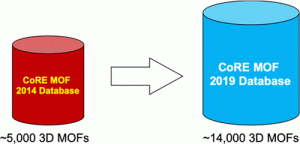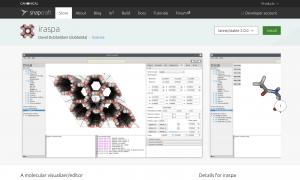
RUPTURA
We announce RUPTURA, soon to be released. It will be a free and open-source software package for (i) the simulation of breakthrough curves, (ii) mixture prediction using methods like the Ideal Adsorption Solution Theory (IAST) and segregated-IAST, and (iii) fitting of isotherm models on computed or measured adsorption isotherm data. Breakthrough plots and movies of the column properties are automatically generated.

